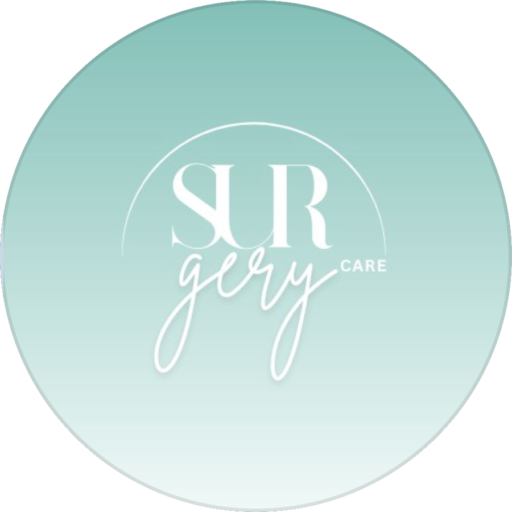Infrared Thermography (IRT) is a technique that uses infrared cameras to measure and record skin surface temperature. This technology is used in various medical and aesthetic applications due to its ability to detect temperature changes that may indicate underlying problems.
Applications of Infrared Thermography (IRT):
1. Medical Applications
- Injury Diagnosis: IRT can help identify injuries, inflammation, or infections in specific areas of the body, as affected areas often present abnormal temperatures.
- Disease Assessment: Used in the evaluation of conditions such as arthritis, vascular diseases, and musculoskeletal disorders by identifying areas of inflammation or poor circulation.
- Recovery Monitoring: Helps track the healing progress of injuries or surgeries by observing changes in skin temperature.
- Detection of Circulatory Problems: IRT can be useful in identifying problems with blood circulation, such as obstructions or venous insufficiency.
2. Aesthetic Applications
- Facial Rejuvenation: Used to assess circulation and skin health, which can help customize facial treatments.
- Skin Problem Identification: Allows the detection of areas of hypersensitivity or inflammation that may require special attention during aesthetic treatments.
- Results Monitoring: Can be used to evaluate the success of aesthetic treatments, such as cellulite reduction or body contouring, by observing changes in skin temperature.
- Lymphatic Drainage Strategies Evaluation: Provides information on lymphatic circulation, which can be useful in designing drainage treatments.
- Benefits of Infrared Thermography (IRT):
- Noninvasive: It is a safe and noninvasive method that does not require physical contact with the patient.
- Fast and Efficient: Results are obtained quickly, allowing for immediate diagnosis and treatment.
- Sensitivity: It is capable of detecting subtle changes in skin temperature, providing valuable information about the patient’s health. Radiation
- Free: Unlike other diagnostic imaging methods, thermography does not use ionizing radiation.
- Treatment Personalization: Allows aesthetic and medical treatments to be tailored to the patient’s specific needs, improving results.


